It's been a busy month in the Feed Central lab as feedlots across the country prepare for their Grain Fed certificate audits. We've been working through numerous samples, testing for both Metabolisable Energy (ME) and protein to ensure rations meet the strict...
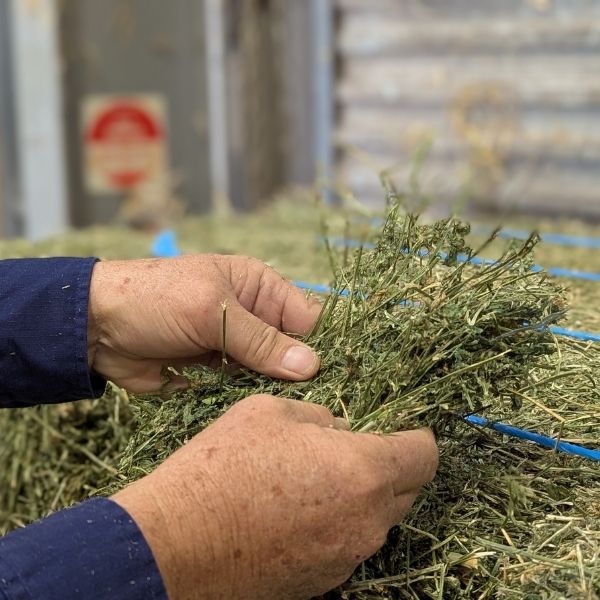
What Type Of Hay Should You Make?
SHOULD I FEED MY HORSES LUSH PASTURE GRASS? We have seen debates on many online platforms about the dangers of feeding horses on lush pasture grass and lucerne hays. People blame all sorts of symptoms, from tying-up to colic and laminitis, on high levels of...
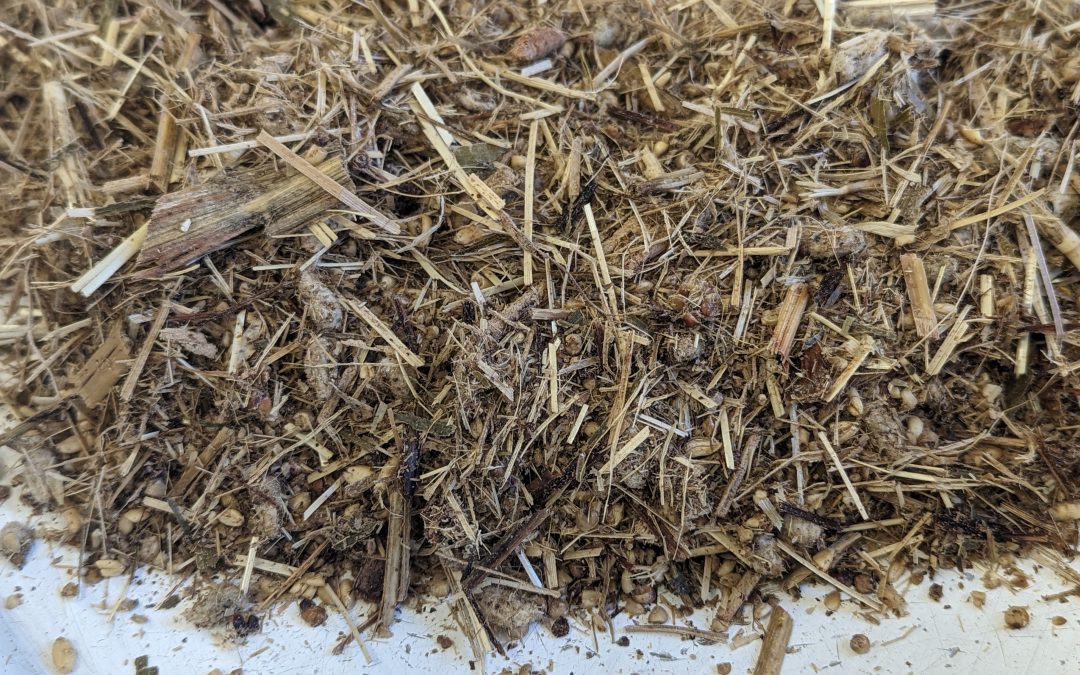
Sampling High Moisture Feeds for Feed Analysis
High moisture feed samples from total mixed rations, pastures, pit silage and round bale silage, always require some different handling to your drier hay and grain rations for feed testing. Silage based samples will commence a secondary fermentation when disturbed and...
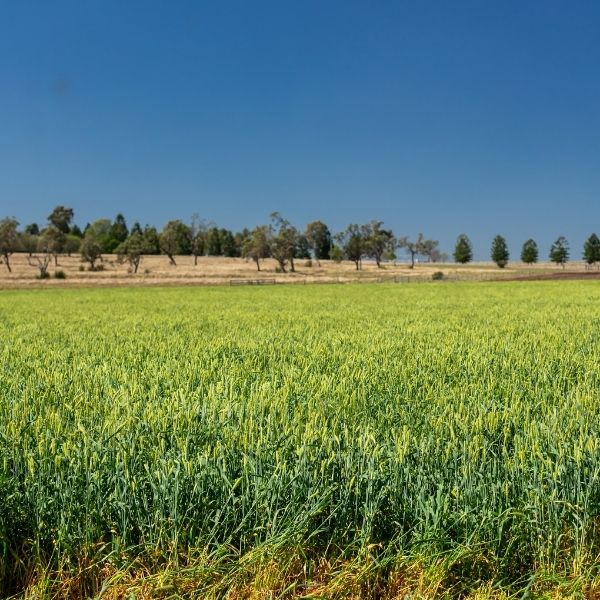
Soil Nutrition Video Series with Neville Janke
Join us for our soil nutrition series with our Fertiliser Specialist & National Account Manager - Neville Janke.Below you'll find transcriptions of the above videos, if you'd like to review the information on soil nutrition.Hello, I'm Neville Janke and welcome to...

Feed testing: Calculating the benefits
Tanya Dobrijevic, Agriculture Victoria, 13/10/2023 Feed is more than just hay or grain, it is the energy and protein content that is most important. It is critical to purchase feed that is appropriate for your stock and meets their nutritional requirements. A simple...
Everything You Need To Know About Potassium and Horses
Potassium is a mineral that is found in many foods, and it is also necessary for horses. It plays a big role in balancing osmotic pressure, which is essential for cell function. It is also a key component of electrolyte balance, which helps regulate nerve and muscle...
How Potassium Affects Dairy Cattle
For lactating dairy cattle, potassium is an imperative nutrient that optimizes milk production. The Nutrient Requirements for Dairy Cattle from the National Research Council indicates that extreme potassium deficiency in lactating cows (defined as 0.06% to 0.15%...
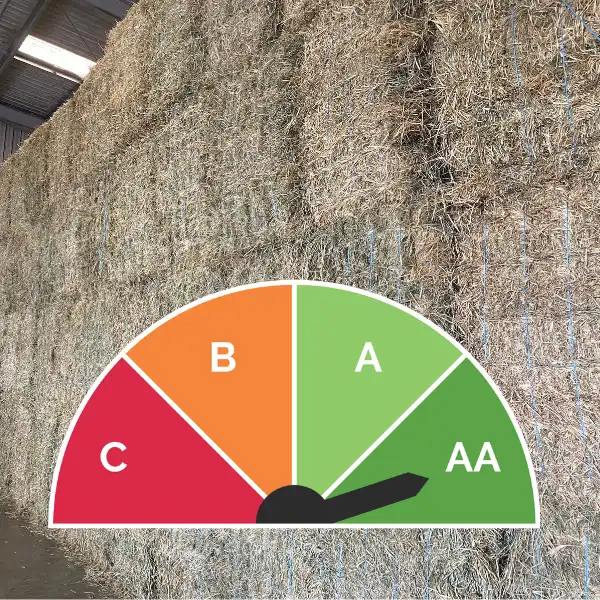
The Visual Gauge And How It Works
Why Is Visual Grade Important? Visual Grade has a very strong correlation to the attractiveness of the hay (for the livestock), that is livestock are much more likely to eat and be attracted to really nice-looking hay. In addition, there is a direct correlation...
Fire Ants & Hay – Here’s what you need to know
At Feed Central we understand the importance of NOT spreading fire ants when working with hay and other baled products. We also understand how important it is for each of us to play our own part. Fire ants are small, but they can have devastating consequences on the...
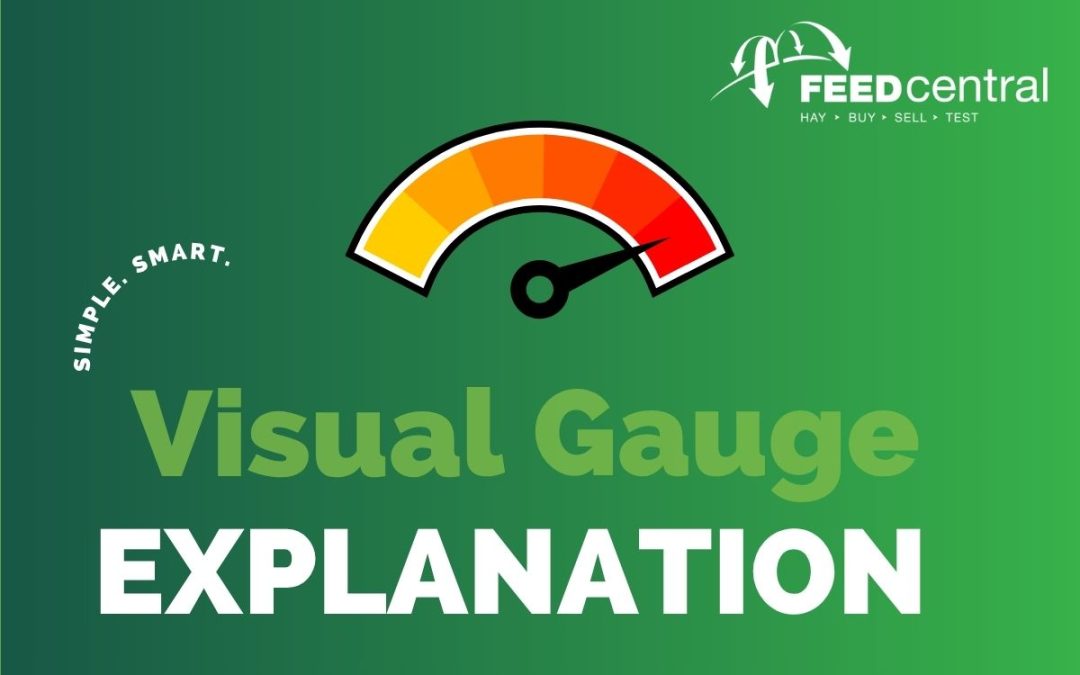
How To Tell The Quality Of Hay Visually
WHY IS VISUAL GRADE IMPORTANT? Visual Grade has a very strong correlation to the attractiveness of the hay (for the livestock), that is livestock are much more likely to eat and be attracted to really nice-looking hay. In addition, there is a direct correlation...
Hay Corers – What You Need To Know
What is the nutritional value of your hay bales? This isn’t something you can just guess by eyeballing it. Rather, farmers rely on a qualified system of measurement (feed test) after utilising a hay corer to take a good, representative sample. What is a hay corer? A...
Total Fatty Acid Results, Why Are They Important?
WHAT ARE FATTY ACID RESULTS? Total Fatty Acids (TFA) give a more defined and accurate measurement of fat content in feed and indicate the energy content of a feed source. WHY ARE FATTY ACIDS IMPORTANT? Fatty acids (FA) play an important role in maintaining...
Protein For Animals And Why It’s Important!
Protein is an extremely important component of your animals feed source. It is required on a daily basis for body condition maintenance, lactation, growth, weight gain and reproduction. Did you know that protein itself has many different components that have different...
How To Sample Your Pasture
Feed test results are only as good as the sample submitted! You can only make the right decision if you have all the information. There are a few important reasons to test your pasture: Is my pasture good enough to feed my stock? Is my pasture as good as I...
What’s the Intake Potential And Digestibility Of Your Feed
Have you ever wondered what the intake potential and digestibility of your feed is? The relative Value (RFV) of your feed is a measure of how well your stuff will be consumed and also how well is likely to be digested. It is calculated from the levels of Neutral...
Hay Testing Probes – What You Need to Know
What is the nutrient value of your hay bales? This isn’t something you can just guess by eyeballing it. Rather, farmers will rely on a qualified system of measurement by using a hay testing probe. What is a hay probe? A hay probe is a metal rod that is used to insert...
Reasons Why You Should Feed Test Your Pasture?
If you thought your pasture was mineral deficient and could be limiting your animal’s production and you could correct it, would you? Here are the reasons why you should feed test your pasture. WITH BRONTE LLOYD FROM NUTRIEN AG SOLUTIONS. IMPORTANCE OF FEED...
How To Sample & Test Hay
An accurate feed test begins with an accurate sample submitted to the lab for testing. If the quality of your product varies, you may need to have multiple samples tested to better define the quality of your product. HOW TO TEST HAY Required sample weights:...
What Is DCAD And Why Is It Important?
DCAD stands for Dietary Cation-Anion Difference. DCAD is a particularly important measure that is used when formulating diets for dry, transition and lactating dairy cows. DCAD is the interrelationship of positively charged minerals (cations) and negatively charged...
Concerned about your sorghum?
Nitrate and Prussic Acid occur naturally in plants, however, if plants are damaged or stressed, Nitrate and Prussic Acid can rise, causing toxicity in ruminant animals once eaten. Causes of high Prussic Acid or Nitrate levels include: damage, stress, drought...
